Pesticide risks to endangered species
Evaluation of potential risks to endangered species from the use of pesticides is critical to the registration of safe uses of agrochemicals and urban applied pesticides, and to the protection of biodiversity. The complexity of the interaction between pesticide uses and endangered species habitat requires analysis of a multitude of spatial data layers, prediction of environmental exposure, and an assessment of the ecological effects. In this emerging scientific field, Stone and partner Intrinsik Environmental Sciences have led the way in the development of approaches for utilizing the best available datasets and most scientifically defensible methods to address these challenges.
-
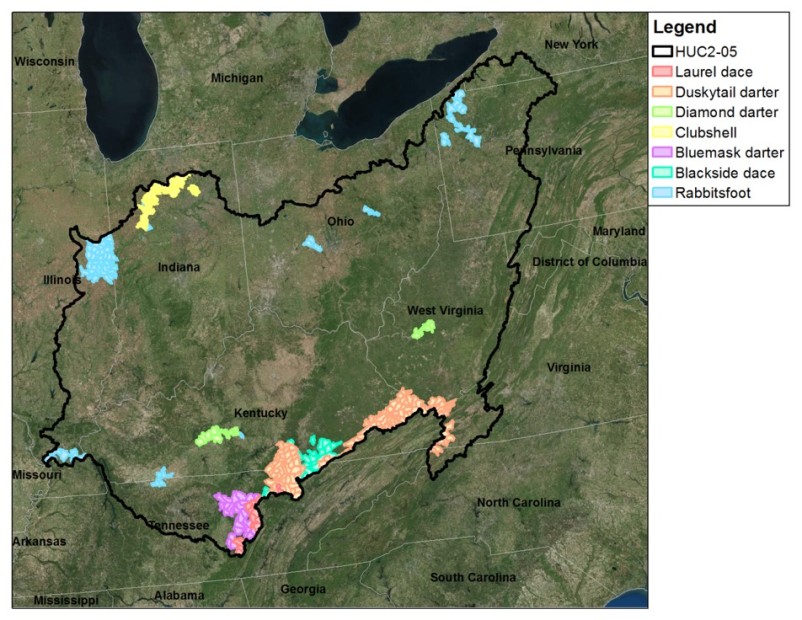
Aquatic Endangered Species Ranges
-
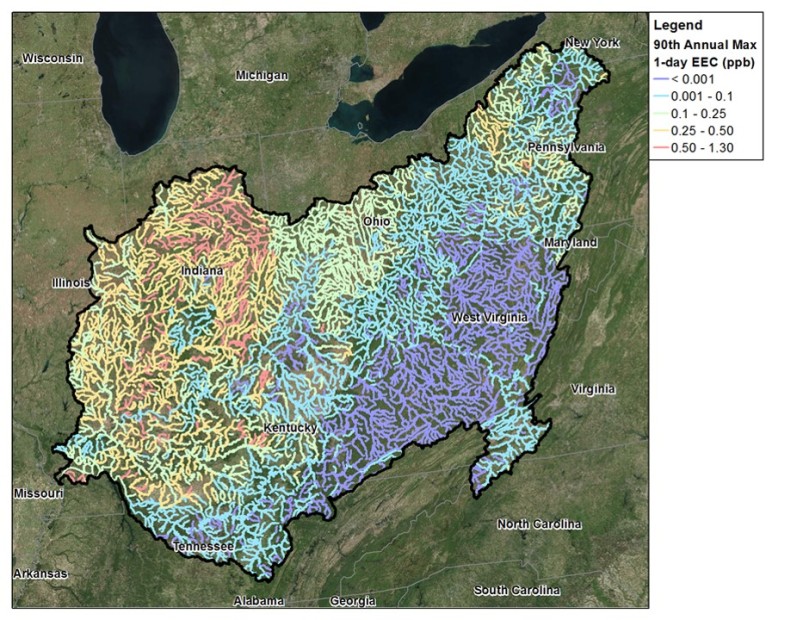
SWAT Model Predicted Annual Maximum Pesticide Concentrations
-
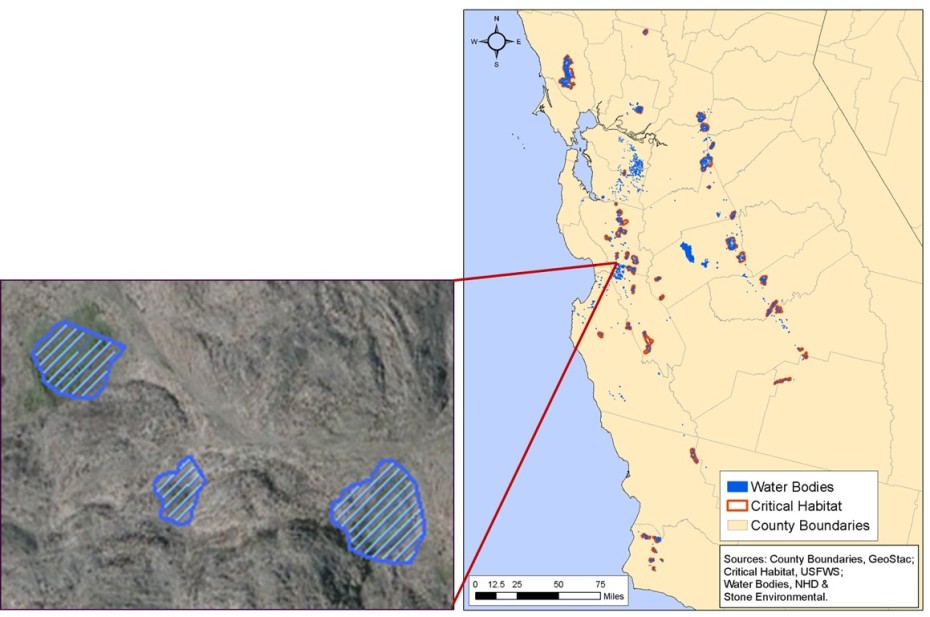
Spatial Analysis of Endangered Species Habitat
-
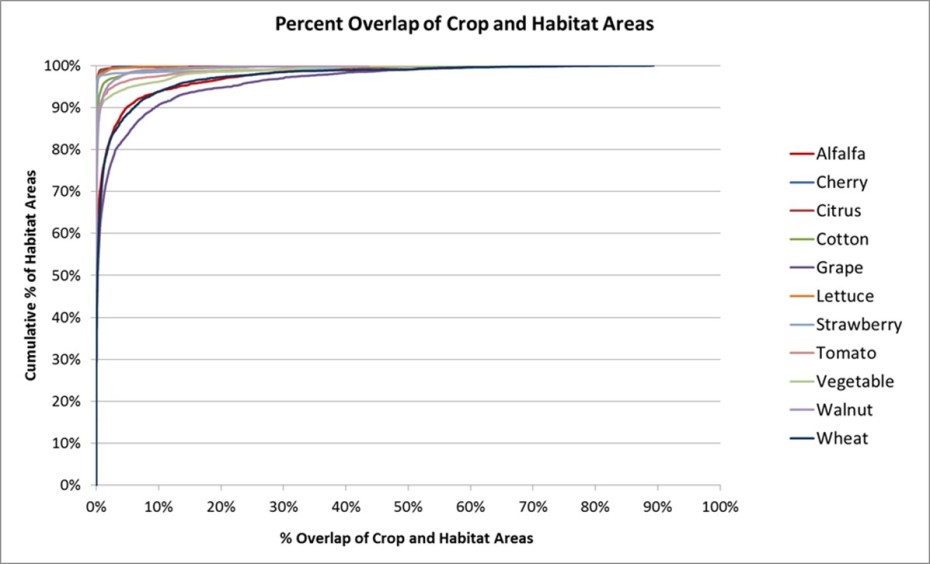
Pesticide Use Crops Overlap with Endangered Species Habitat Areas
-
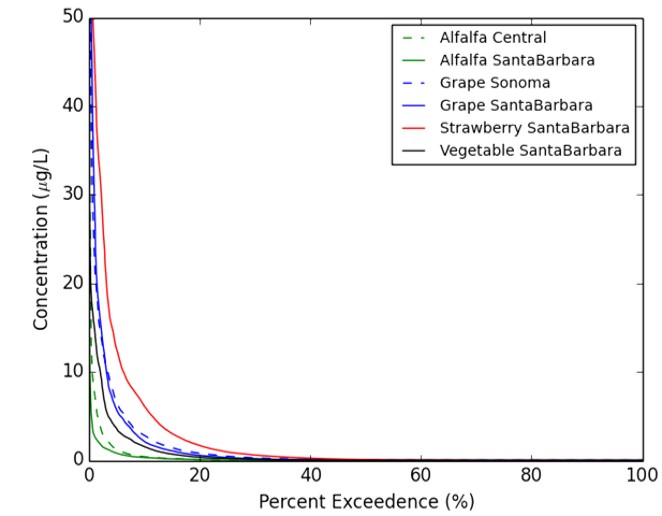
Pesticide Concentration Exceedance Probabilities for Different Crops and Regions
-
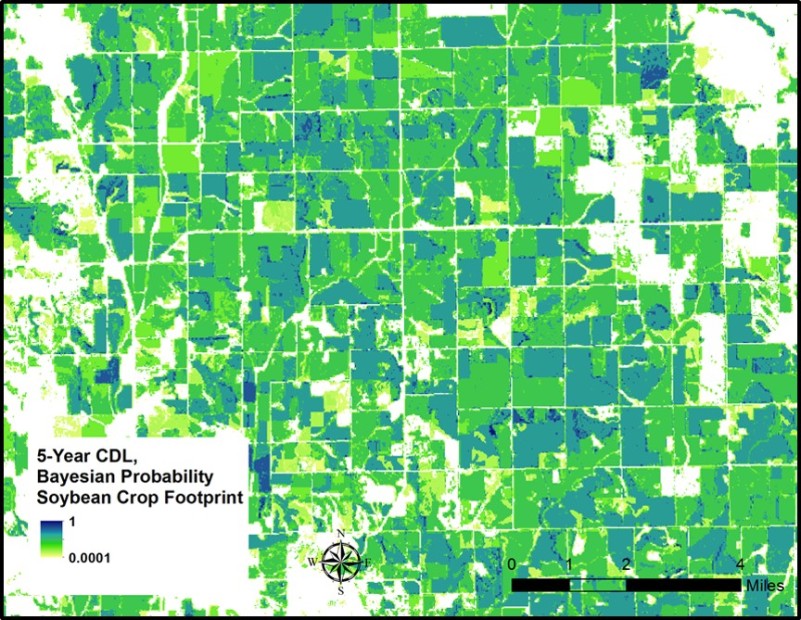
Probabilistic Crop Footprint
-
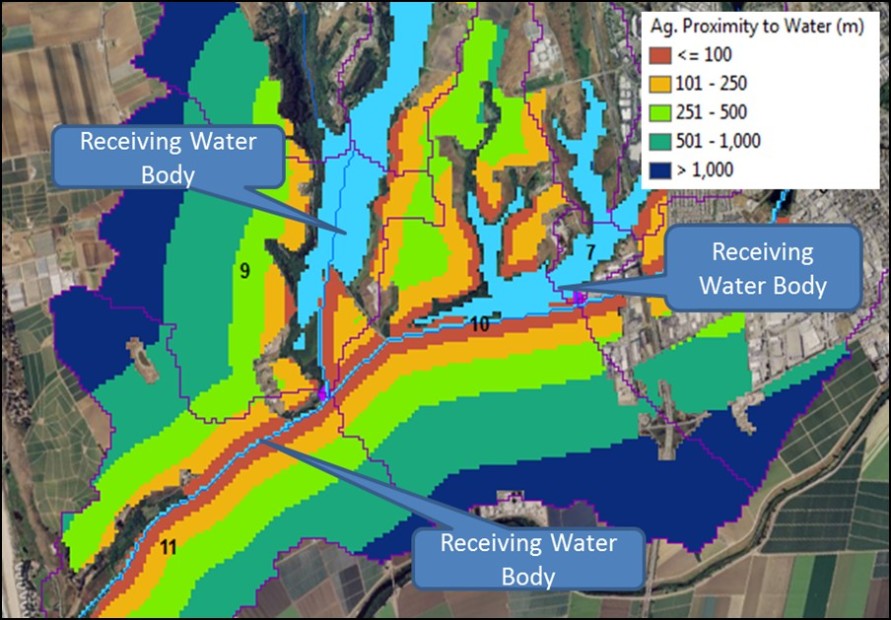
Pesticide Use Site Proximity of Aquatic Habitat
Our expertise and innovative approaches for assessing pesticide risks to endangered species include:
- Spatial analysis:
- Agricultural use site crop footprint development
- Non-agricultural pesticide use site mapping and analysis
- Pesticide use site co-occurrence and proximity analysis with endangered species ranges and habitat
- Pesticide use Action Area delineation
- Aquatic and Terrestrial Exposure Modeling:
- Spray drift exposure in aquatic and terrestrial environments
- Application of screening level modeling methods in environmental risk assessments
- Refined probabilistic exposure modeling approaches
- Modeling of species-specific habitat (static water bodies, flowing water, terrestrial)
- Ecological Effects and Risk Assessment
- Application screening level effects criteria and risk analysis
- Refined ecological effects analysis methods (species sensitivity distributions, cosm study evaluations, weight of evidence approaches)
In collaboration with Intrinsik, Stone’s depth of knowledge and expertise in the endangered species risk assessment process and in innovative, scientifically rigorous approaches to exposure modeling provide our clients with the highest level of service available in the industry.
